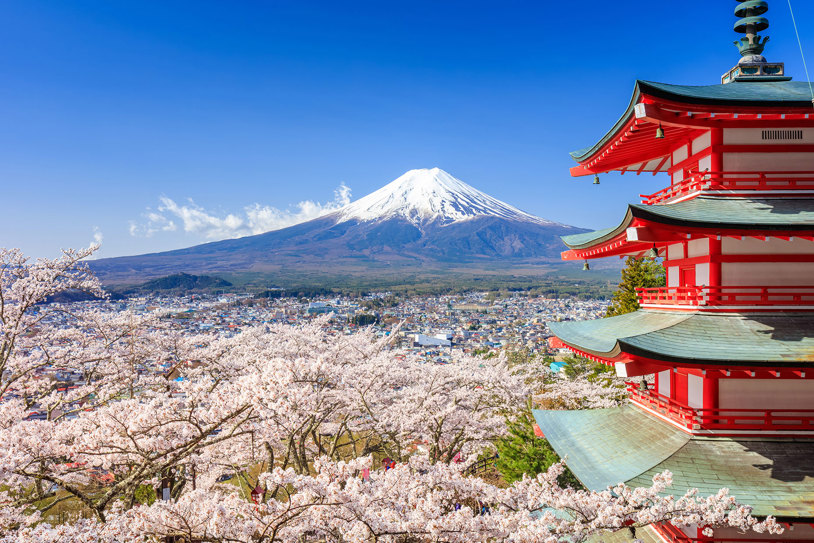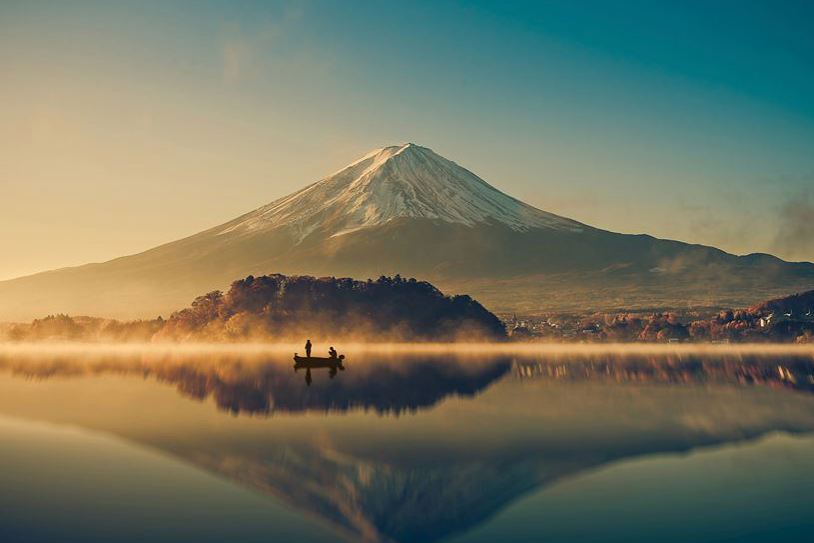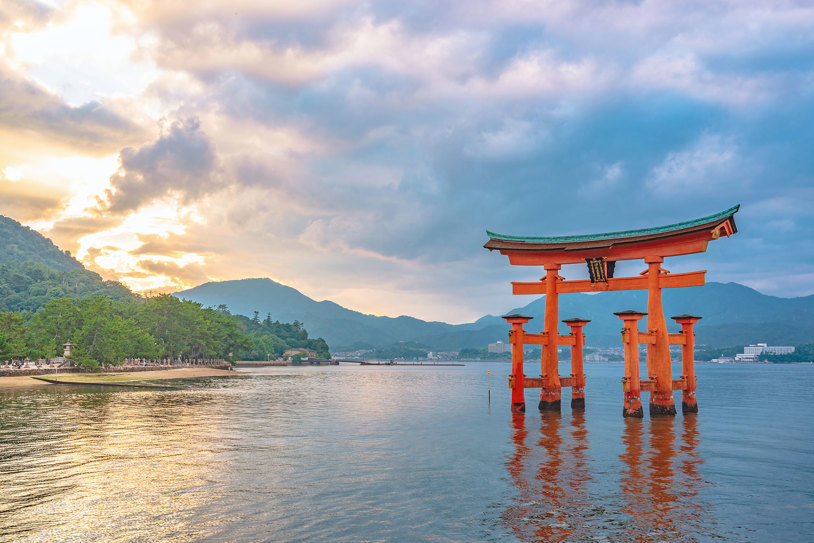Japan captivates visitors with its unique blend of ancient traditions, modern innovations, and breathtaking natural beauty, offering a diverse and enriching travel experience.
What to Eat in Japan
7 Must-Try Local Foods
7 Must-Try Local Foods
Sushi, Okonomiyaki, Udon & More...
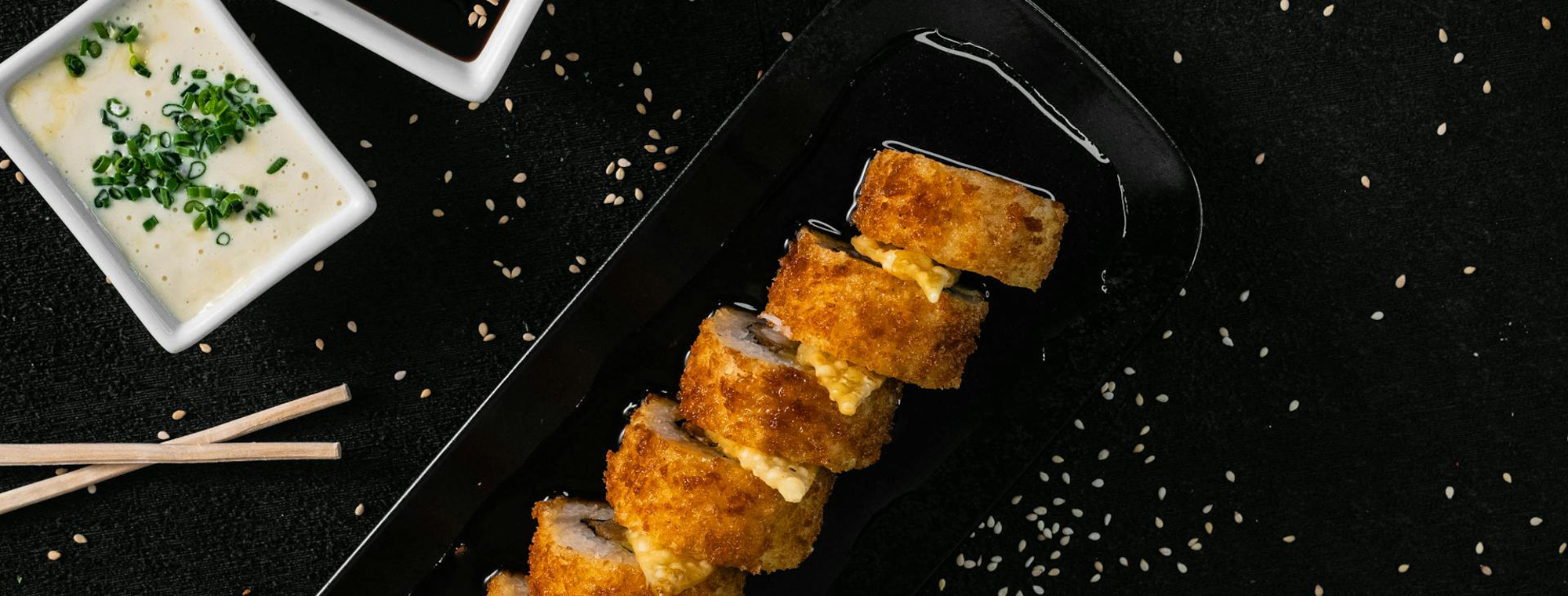
Discover Japan Through Its Most Memorable Dishes
Japanese cuisine is deeply tied to seasonality, craftsmanship, and cultural tradition. Each dish is an experience, telling stories of region, ritual, and refinement. Whether served at a bustling street stall or in a quiet countryside inn, food in Japan reflects a spirit of hospitality and attention to detail. This guide explores seven signature dishes you should try on your guided tour across Japan. Each offers a distinct window into local life and flavor.
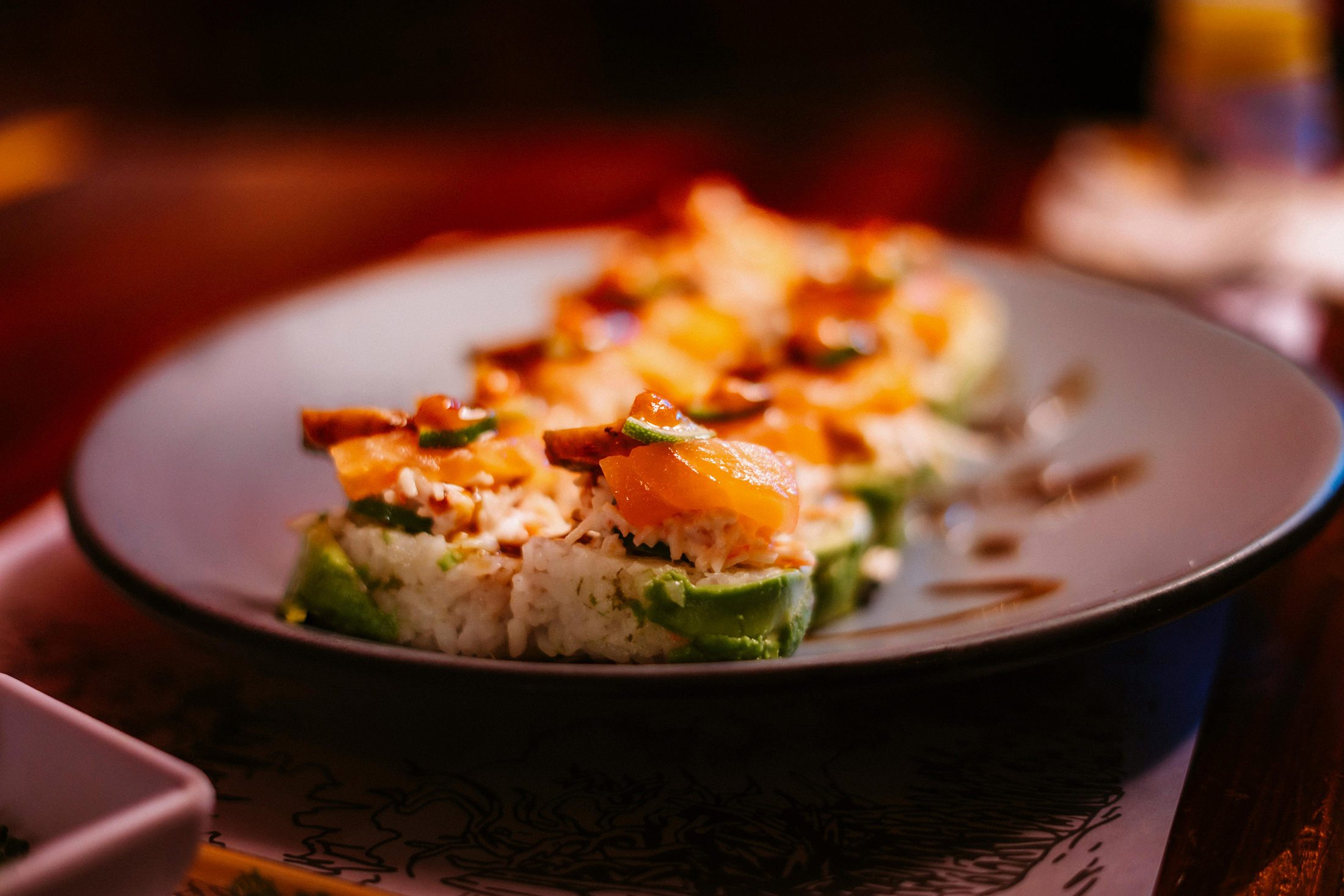
1. Sushi and Sashimi
Sushi and sashimi reflect the heart of Japanese culinary precision. Sushi pairs vinegared rice with fresh fish, while sashimi highlights the natural texture and taste of raw seafood. In Tokyo’s Ginza district, travelers can join a sushi-making session with a master chef. In Kanazawa, local fish markets like Omicho offer premium cuts served at their peak of freshness.
Curious about what sushi menu terms mean? Discover the most common Japanese sushi words translated into English with our helpful guide.
History and Significance of Sushi and Sashimi in Japan
Sushi evolved from ancient preservation techniques into the elegant, bite-sized food we know today. Sashimi, served without rice, focuses purely on freshness and texture.
Where to Try Sushi or Sashimi in Japan
In Tokyo’s Ginza district, travelers can join a sushi-making class with a professional chef. In Kanazawa, sushi and sashimi are specialties at Omicho Market, where the morning catch sets the tone for the day.
What to Expect Eating Sushi or Sashimi in Japan
Slices of raw fish served over rice or solo, accompanied by wasabi, soy sauce, and pickled ginger. Expect clean presentation and deep respect for balance and taste.
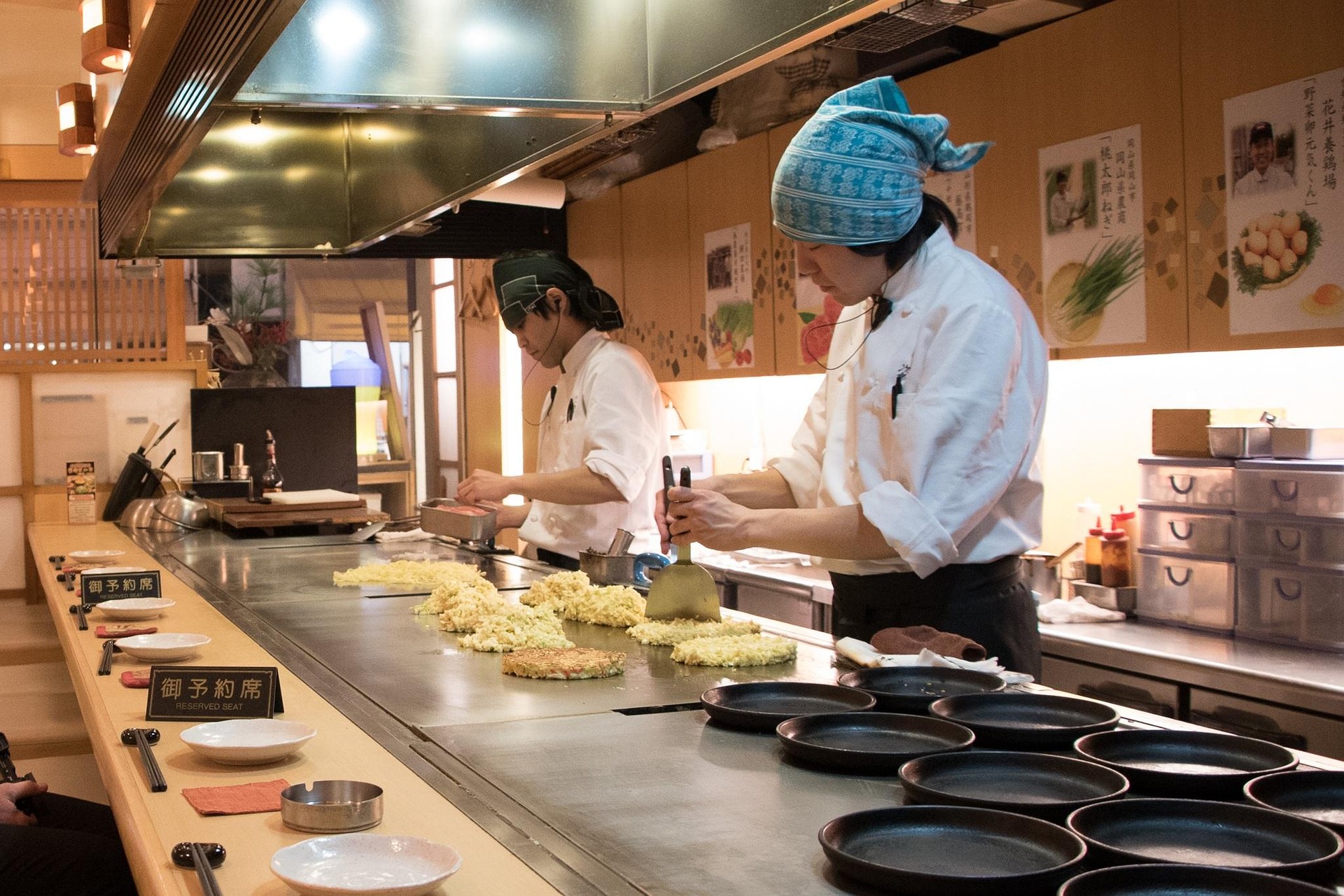
2. Okonomiyaki
In Hiroshima, okonomiyaki is more than a dish, it is a local tradition. This savory pancake layers cabbage, noodles, egg, and toppings like pork or seafood before being grilled and served hot. Travelers often take part in preparing their own okonomiyaki, adding a hands-on element to this hearty, flavorful meal.
History and Significance of Okonomiyaki in Japan
Okonomiyaki, meaning “grilled as you like it,” originated in Osaka but developed its own regional variation in Hiroshima. During postwar shortages, cabbage and noodles were added to create a satisfying, affordable dish.
Where to Try Okonomiyaki in Japan
Hiroshima is the best place to experience this dish. Travelers often learn to prepare their own okonomiyaki in a guided cooking session that includes a traditional flat iron grill and local ingredients.
What to Expect Eating Okonomiyaki in Japan
Okonomiyaki is a savory layered pancake filled with cabbage, yakisoba noodles, egg, and a choice of pork, shrimp, or squid. It is topped with sweet-savory sauce, mayonnaise, green onions, and bonito flakes. Served hot off the grill, it is both hearty and hands-on.
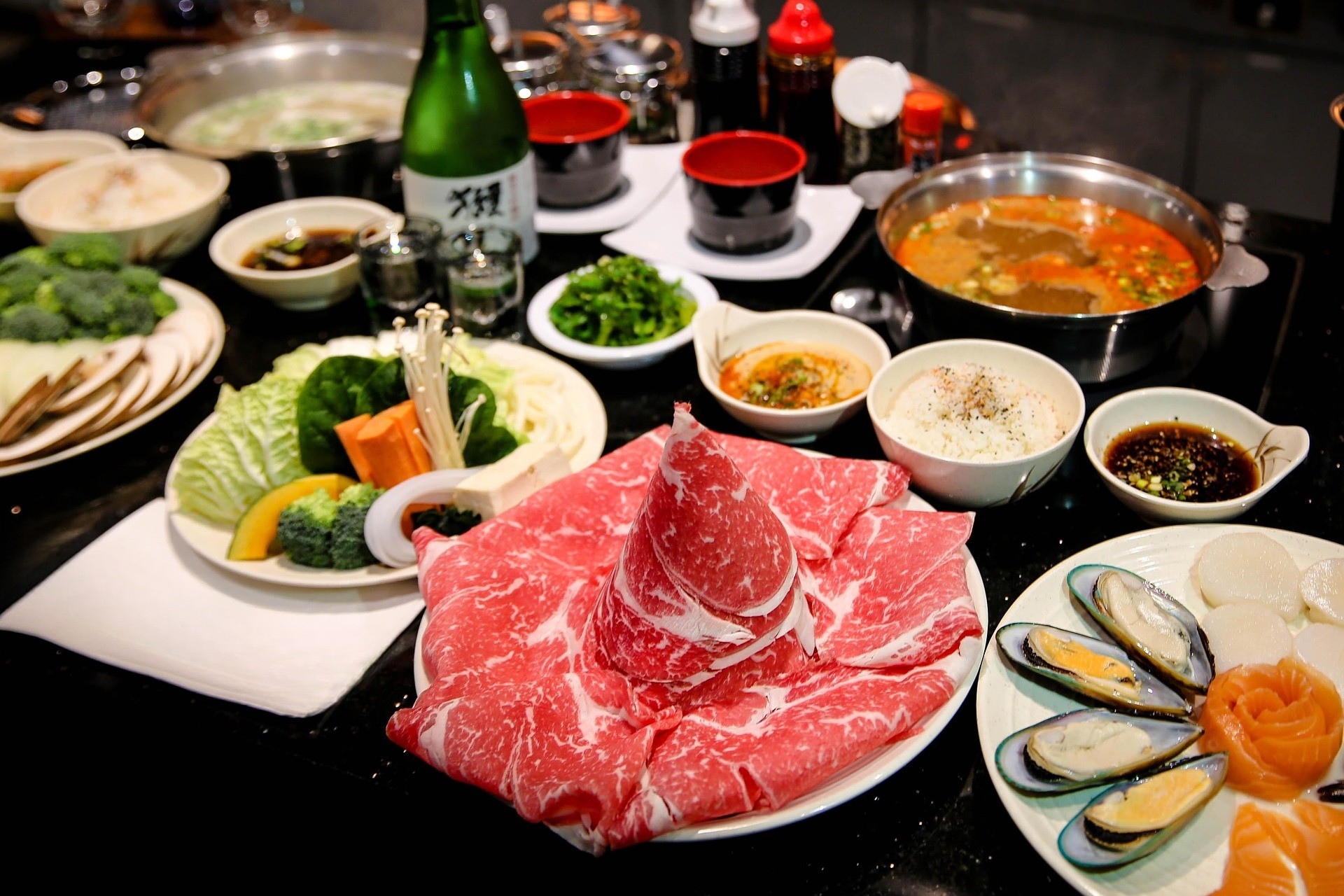
3. Shabu Shabu
Shabu shabu is a flavorful hot pot dish where thin slices of beef or pork are briefly swished through a pot of simmering broth along with vegetables, tofu, and mushrooms. Each bite is dipped in tangy ponzu or rich sesame sauce, creating a light yet satisfying meal. Popular throughout Japan and especially in cooler regions like Takayama, shabu shabu is typically enjoyed in group settings, offering travelers a warm, social dining experience rooted in tradition.
History and Significance of Shabu Shabu in Japan
Named after the sound of ingredients swishing through hot broth, shabu shabu is a Japanese hot pot inspired by Chinese cuisine and popularized in the 20th century.
Where to Try Shabu Shabu in Japan
Shabu shabu restaurants are common in places like Takayama and Kyoto. Some guided tours include this shared meal experience in traditional settings.
What to Expect Eating Shabu Shabu in Japan
Paper-thin slices of meat and crisp vegetables are cooked at the table in a pot of broth, then dipped into sesame or ponzu sauces. It is interactive and ideal for groups.
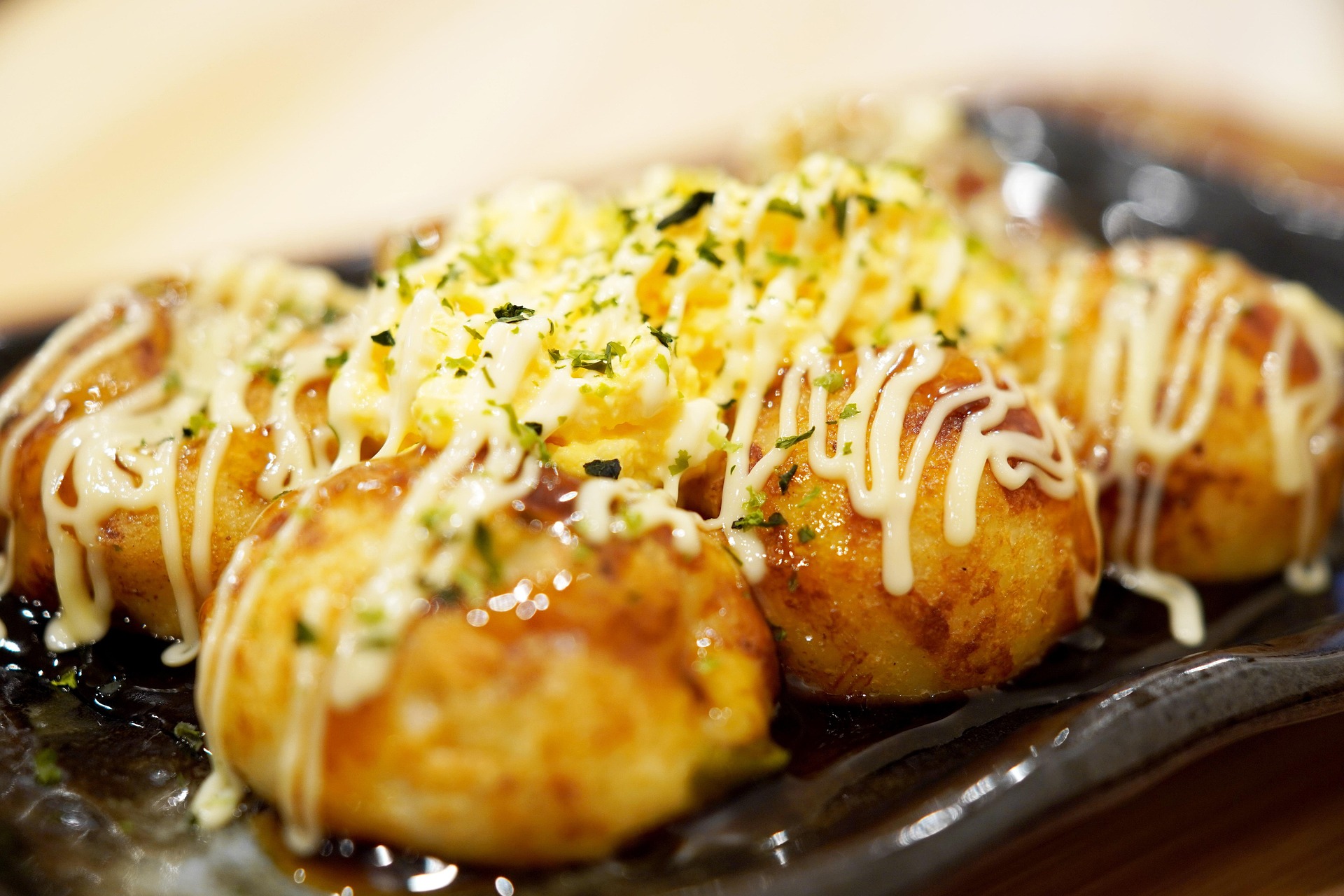
4. Takoyaki
Takoyaki are crispy on the outside and soft inside, made by cooking bits of octopus in round batter molds. These savory balls are brushed with sauce, sprinkled with bonito flakes, and often topped with mayonnaise and green onions. In Osaka’s Dotonbori district, travelers can enjoy fresh takoyaki from lively food stalls surrounded by neon lights and street performers.
History and Significance of Takoyaki in Japan
Takoyaki, or octopus balls, were first created in Osaka in the 1930s. They quickly became one of the city’s most beloved street foods, reflecting its reputation as Japan’s kitchen.
Where to Try Takoyaki in Japan
Osaka’s Dotonbori district is the best-known destination for takoyaki. Travelers can stroll past food stalls offering freshly grilled batches served in paper trays with wooden picks.
What to Expect Eating Takoyaki in Japan
Takoyaki is made by pouring a savory batter into special round molds, then adding chopped octopus, green onions, and tempura bits. They are flipped with chopsticks to form crisp spheres and topped with sauce, mayo, seaweed, and bonito flakes.
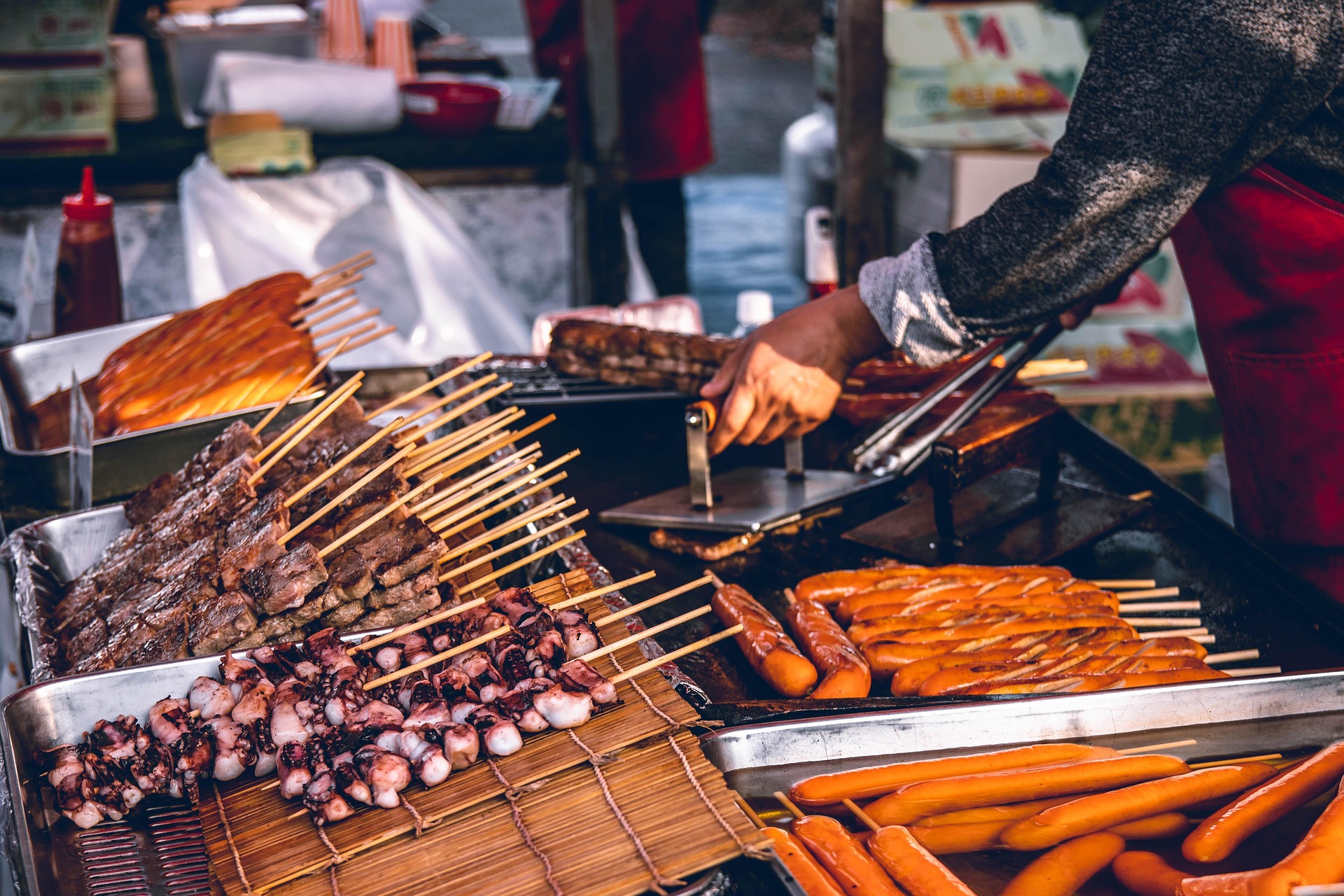
5. Yakitori
Yakitori consists of skewered and grilled chicken seasoned with tare sauce or salt. Served hot off the grill, yakitori is popular in izakayas and outdoor markets. In Kyoto’s Nishiki Market and Tokyo’s side streets, you can watch vendors carefully prepare each skewer, offering a mix of classic and adventurous cuts for every palate.
History and Significance of Yakitori in Japan
Yakitori dates back to the Edo period but became a staple of Japanese nightlife in the postwar years. These skewers are simple, flavorful, and often enjoyed with beer at casual eateries called izakayas.
Where to Try Yakitori in Japan
You can find yakitori in food markets like Kyoto’s Nishiki Market and in alley-style districts of Tokyo. They are especially popular near train stations and in busy neighborhoods.
What to Expect Eating Yakitori in Japan
Skewers are grilled over charcoal and seasoned with either salt or a tare sauce made from soy, sake, and mirin. Choices range from chicken thigh and scallion to liver, heart, and skin. Yakitori is savory, slightly smoky, and served fresh off the grill.
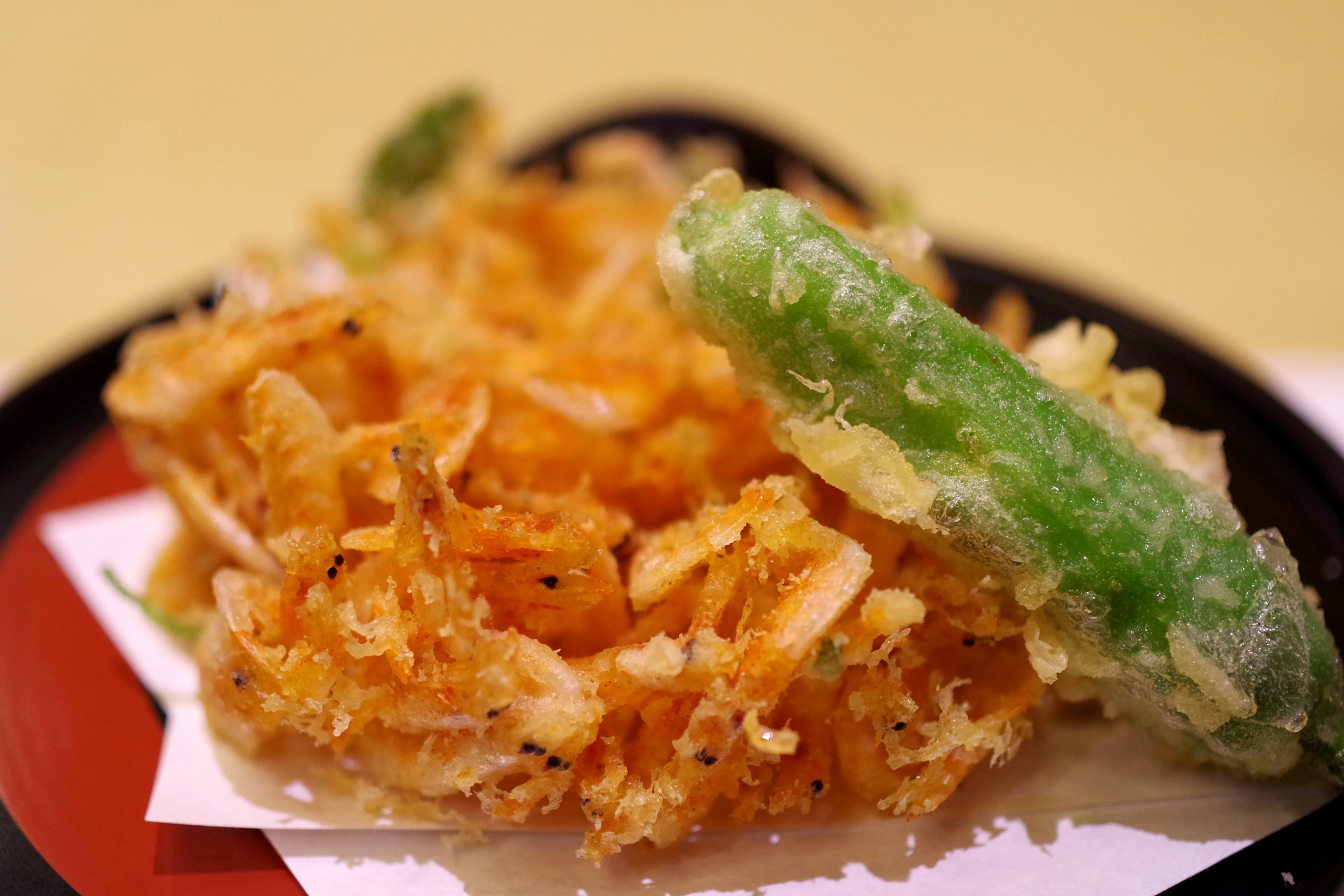
6. Tempura
Tempura features vegetables and seafood lightly battered and deep-fried to a crisp, golden finish. The batter is thin and airy, allowing the freshness of each ingredient to shine. Served with dipping sauce and seasonal garnishes, tempura is a favorite at both fine dining restaurants and casual local eateries.
History and Significance of Tempura in Japan
Tempura was introduced to Japan by Portuguese traders in the 16th century and evolved into a refined cooking method. It became associated with Edo (modern-day Tokyo) street vendors before gaining popularity in fine restaurants.
Where to Try Tempura in Japan
Tempura can be found across Japan, from high-end tempura houses to casual lunch counters. Cities like Kyoto and Tokyo are known for excellent tempura restaurants that highlight seasonal vegetables and local seafood.
What to Expect Eating Tempura in Japan
Tempura is lightly battered and deep-fried to a delicate, crispy texture. Common ingredients include shrimp, sweet potato, mushroom, eggplant, and green beans. It is often served with dipping sauce, grated daikon, and rice or noodles.

7. Udon
Udon are thick, chewy noodles often served in a simple broth made from soy sauce, mirin, and dashi. They can be enjoyed hot or cold, topped with ingredients such as tempura, green onions, or a raw egg. Udon is both comforting and versatile, found in noodle houses across regions like Takayama and Kanazawa where travelers can savor its clean, satisfying flavor.
History and Significance of Udon in Japan
Udon has been part of Japanese cuisine since at least the 9th century. Its thick noodles and simple ingredients make it a popular comfort food across all regions.
Where to Try Udon in Japan
Udon shops are common throughout Japan, especially in Takayama and Kanazawa where travelers can enjoy local variations and seasonal toppings.
What to Expect Eating Udon in Japan
Soft, chewy wheat noodles served in a clear broth, often topped with scallions, tempura, or raw egg. It can be served hot or cold, depending on the season.
Taste Japan One Dish at a Time
These seven dishes offer a delicious window into Japan’s regions, rituals, and culinary styles. With a guided tour, you can try each one where it originated, supported by expert guides who help you understand the stories behind every bite.
Food in Japan is more than something to eat. It is a way to connect, explore, and remember. Let each meal become a highlight of your journey.
Frequently Asked Questions About Japanese Cuisine
Yes, but it helps to plan ahead. Markets and some restaurants offer vegetable-based dishes like udon, tempura, and seasonal snacks. Guided tours make it easier by offering translation and custom recommendations.
Yes. Many guided tours include signature culinary experiences like sushi-making, teppanyaki dinners, and market tastings, all carefully planned by local experts.
Not at all. Many restaurants offer picture menus or plastic food models. On guided trips, your Travel Director can assist with translations and dietary requests.
Ramen uses thin, curly noodles and is served in a rich broth. Udon uses thick, chewy noodles and is usually served in a clear broth with simpler toppings. This article highlights udon due to its inclusion in the tours.
Yes. Guided tours often include regional dishes as part of immersive cultural experiences. From Hiroshima to Tokyo, you’ll have opportunities to enjoy each of these foods in authentic local settings.





